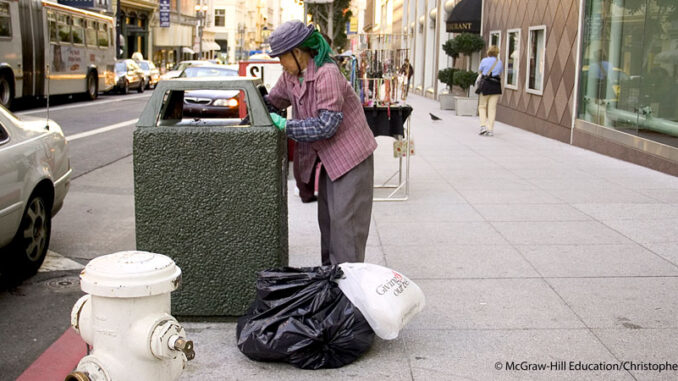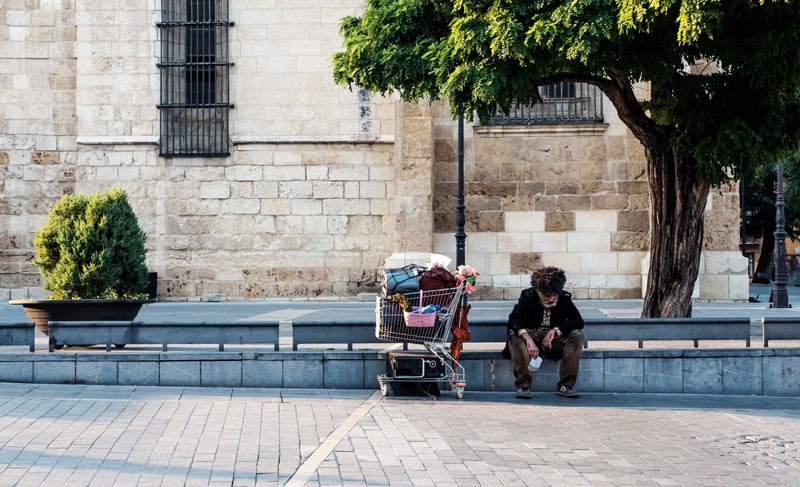
The city of San Francisco, California, has a problem: residents are going to the bathroom in the streets. That might sound like something out of the era of the Industrial Revolution, but it’s not. This public pooping is happening so much that it’s becoming a genuine health concern. And the fact that this is going on in one of the wealthiest cities in the United States also raises important questions about homelessness, affordability, and the growing income divide.
What’s Happening?
Public pooping isn’t a minor problem in San Francisco. In fact, complaints about human waste on the sidewalks have increased 400 percent in the last decade, and a government watchdog group estimates that there have been 118,352 reported occurrences since 2011 (14,597 complaints in 2018 alone).

But why San Francisco? In this incredibly wealthy city, the average cost for a house is about $1.3 million, but only a select few can afford to live with that amount of debt. This means that there is also a serious problem with homelessness. Recent studies have indicated that more than 7,500 people sleep on the sidewalks at night. At the moment, there are essentially no public restrooms that stay open all night, and during the day, most businesses restrict their restrooms for customer use only. The city spends about 3 percent of its annual budget on homelessness services, and has recently passed a ballot measure that would require businesses to help fund these services, though so far it hasn’t been implemented out of fear that it could be challenged in court.
While the number of homeless in San Francisco hasn’t changed much in recent years, the city’s treatment of them has. As the city continues to grow and develop, it routinely clears out homeless encampments and builds high-rises in spots where the homeless used to sleep. This process of taking over old rundown areas and transforming them into expensive new neighborhoods is sometimes critically called “gentrification.” And this means that homeless residents must wander around or search out temporary places to sleep, often leaving their waste behind along the way.
What is the City Planning to Do About It?
The city has developed a ten-point plan to clean up its streets. The plan addresses the pooping problem by increasing the number of public restrooms and keeping them open longer, but it also tackles other, similar concerns by increasing the number of trash cans, providing baggies for dog waste, providing receptacles for the safe disposal of used syringes, etc. Meanwhile, “cleanliness ambassadors”–known affectionately as the “Poop Patrol”–will travel the city to help identify and address problems more quickly. Regular pressure washing of sidewalks will also be included in the plan.
But critics and social justice advocates argue that merely providing public restrooms doesn’t go far enough to address the true underlying issue at hand, which isn’t poop, but homelessness. In San Francisco, a studio apartment costs about $2,500 per month, meaning that there is virtually no way that anyone homeless will ever be able to afford to find a permanent place to live. Advocates for the homeless say that the true solution is a simple one: the city must make a commitment to invest in more affordable housing.
